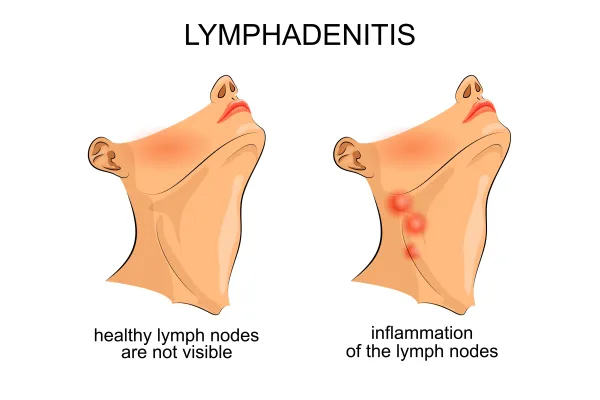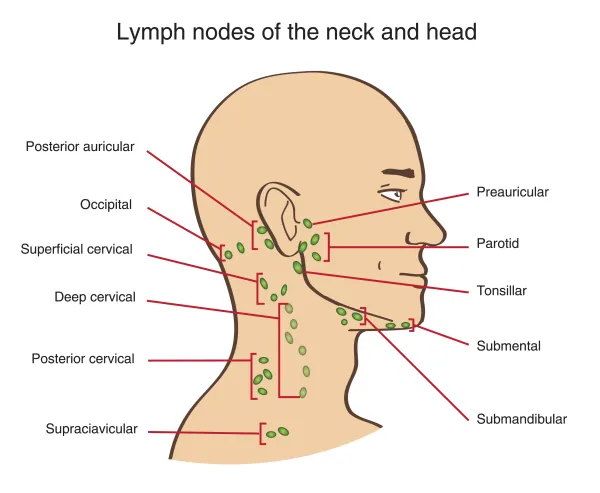Reporting Enlarged Lymph Nodes Is Clear And Easy In ICD-10

Key: Localized vs generalized enlargement guides you to right codes.
If you come across notes from your radiologist stating a finding of “lymphadenopathy,” it means the patient has an abnormal enlargement of lymph nodes. Your provider may diagnose enlarged nodes on any radiological assessment, i.e. X-rays, CT scan, MRI, or ultrasound examination.
Remember this alternate term: Your physician may mention the term “swollen glands” in the procedure note. This implies lymph node enlargement.
ICD-10 Codes: When reporting enlarged lymph nodes in ICD-10, you will need to ascertain if your physician documented lymphadenopathy was localized to one particular region or generalized. Accordingly, you report codes R59.0 (Localized enlarged lymph nodes) and R59.1 (Generalized enlarged lymph nodes) for localized and generalized lymphadenopathy, respectively.
Not certain for localized versus generalized? You’ll shift to code R59.9 (Enlarged lymph nodes, unspecified) when your physician does not document localized or generalized lymphadenopathy.
Do Not Confuse Lymphadenopathy with Lymphadenitis
In ICD-10-CM, this code maps to following site-specific codes for lymphadenitis.
However, when your physician does not specify the site for lymphadenitis, you will submit ICD-10-CM code L04.9 (Acute lymphadenitis, unspecified).
For chronic lymphadenitis, you should submit ICD-10 code I88.1 (Chronic lymphadenitis, except mesenteric).
When your physician does not specify the acute or chronic nature of lymphadenitis, you should submit codes I88.9 (Nonspecific lymphadenitis, unspecified) or I88.8 (Other nonspecific lymphadenitis).
For nonspecific mesenteric lymphadenitis, you have ICD-10 code I88.0 (Nonspecific mesenteric lymphadenitis).
Keep Complete Documentation
During the physical exam, your physician will evaluate and note the size, location, and character of lymphadenopathy as well as other physical findings that could suggest more serious lymphadenopathy (such as fever, anorexia, aches and pains, weight loss, and night sweats).
Some of the causes of lymphadenopathy are obvious, as with a patient who is diagnosed breast cancer presents with a non-tender enlargement of lymph nodes in the axilla. In other cases, it may not be clear.
Coding tip: The lymph nodes are found in the underarm, groin, neck, chest, and abdomen, and act as filters for the lymph fluid as it circulates through the body. Since lymphadenopathy is a sign of an underlying disease, make sure you use the patient’s history, symptoms, and physical examination to determine the source of infection, thus the appropriate diagnosis code.




